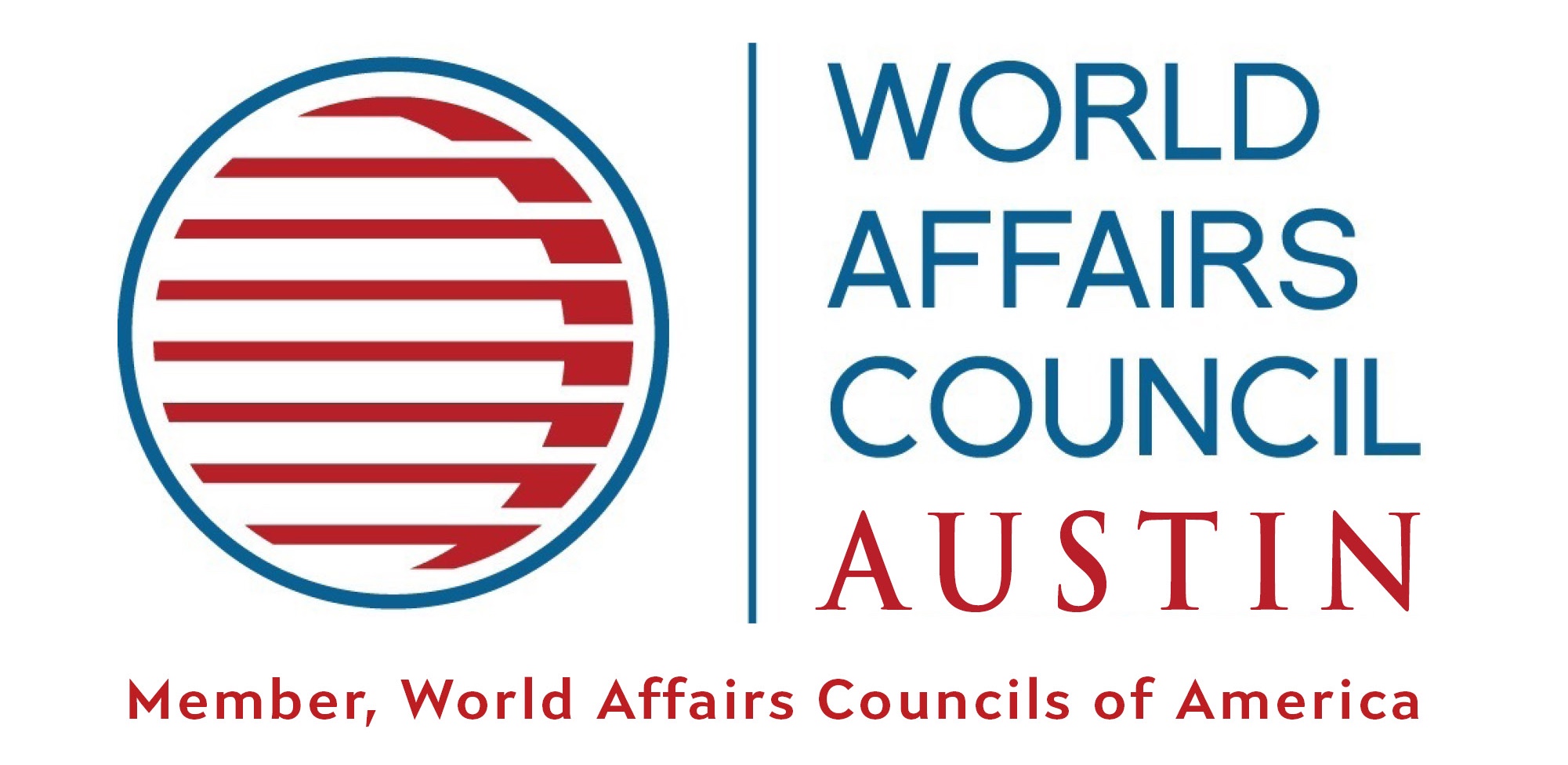No Bees Means No…

By Betsy Mckinney
The bumble bee, a once-abundant species spanning 31 states and multiple Canadian provinces, has been added to the Endangered Species List. Their alarming decline is cause for extreme international concern—wild bees are vital to a functioning global environment, health, and business. Why? These pollinators are responsible for the world’s fruits, nuts, herbs, spices, and coffee.
The Economist links three reasons why worldwide bee populations are seeing a dramatic downturn. The first is the commercialized use of farmland. The vast majority of cultivated land, especially in highly developed regions, is dedicated solely to cash crops. When these crops are not in season, the bees have nothing to pollinate. Uncultivated land with year-round opportunities for flowery food is essential to bee sustainability.
Second is the spread of infection from one hive to another when bees are transported across the globe. This transport allows for stowaway bacteria, fungi, and parasites such as the varroa mite to spread, which is regarded as the possible cause of colony-collapse disorder (D.J.P.)
Last is the use of pesticides and herbicides in farming. While the effects of most of these chemicals go unstudied, “neonicotinoids,” a specific family of pesticides, has been found to be deadly to bees.
Because bees are free-roaming animals, pinpointing a particular region of the world that needs to implement bee-saving measures and consequently finding solutions to this issue is difficult. Some obvious solutions include monetarily rewarding farmers for allotting uncultivated land for bees, and restricting the free passage of bee hives to prevent the spread of pathogens across other hives. Despite the ambiguity, a step in the right direction would be for governments across the globe to formally recognize the existence of this issue and its serious consequences. Indeed, this is not a political debate but an opportunity for the world to collectively enact change for the healthy and sustained future of our planet and its civilians.
For the full article, please visit this link: http://www.economist.com/blogs/economist-explains/2015/09/economist-explains-2
